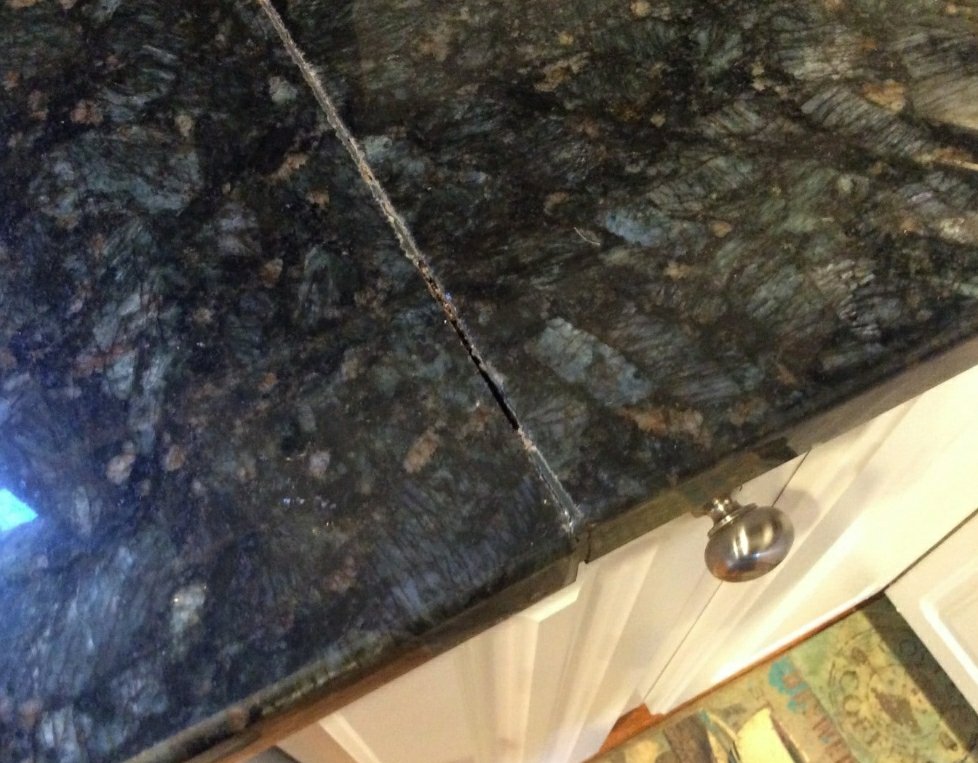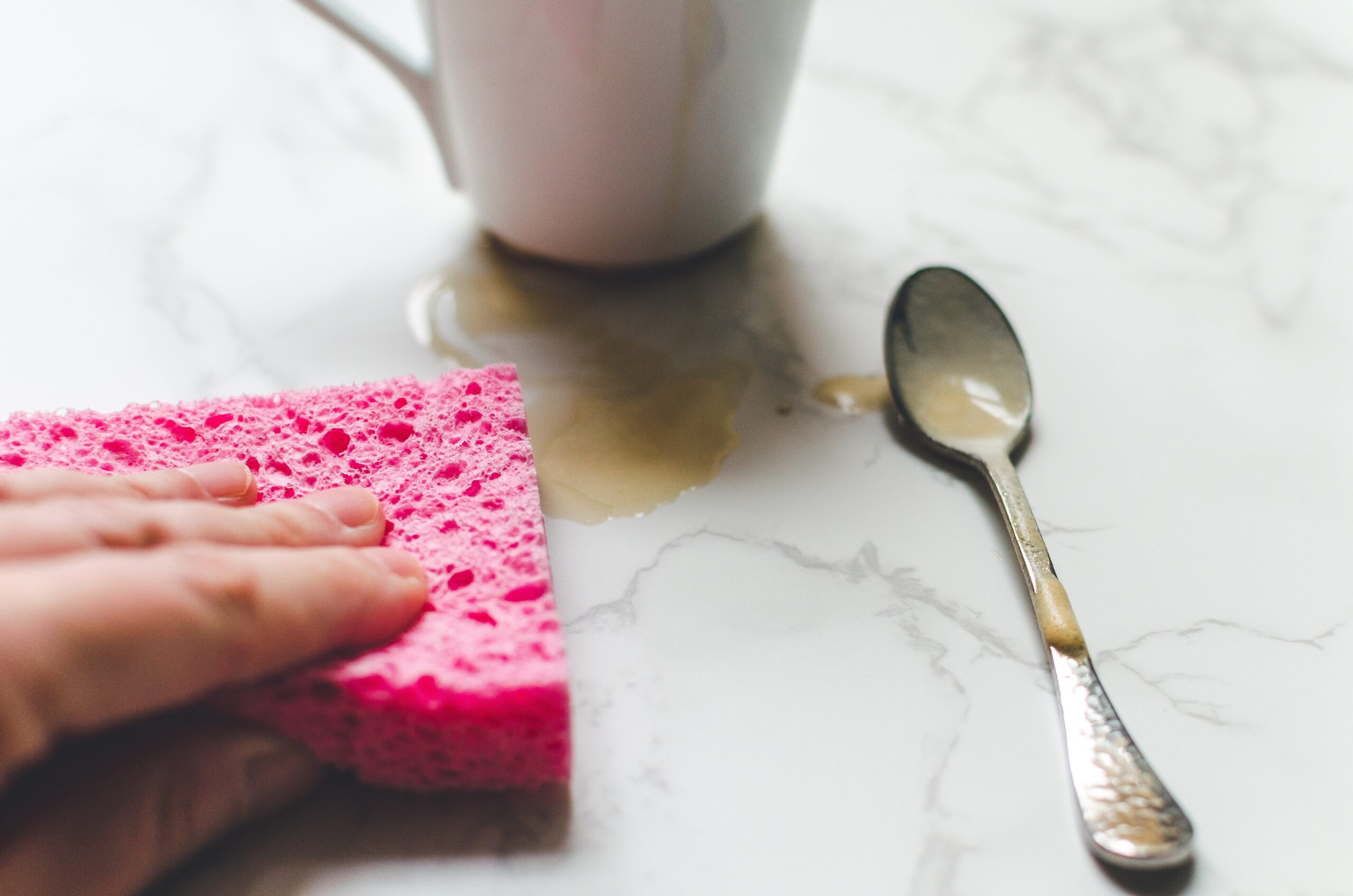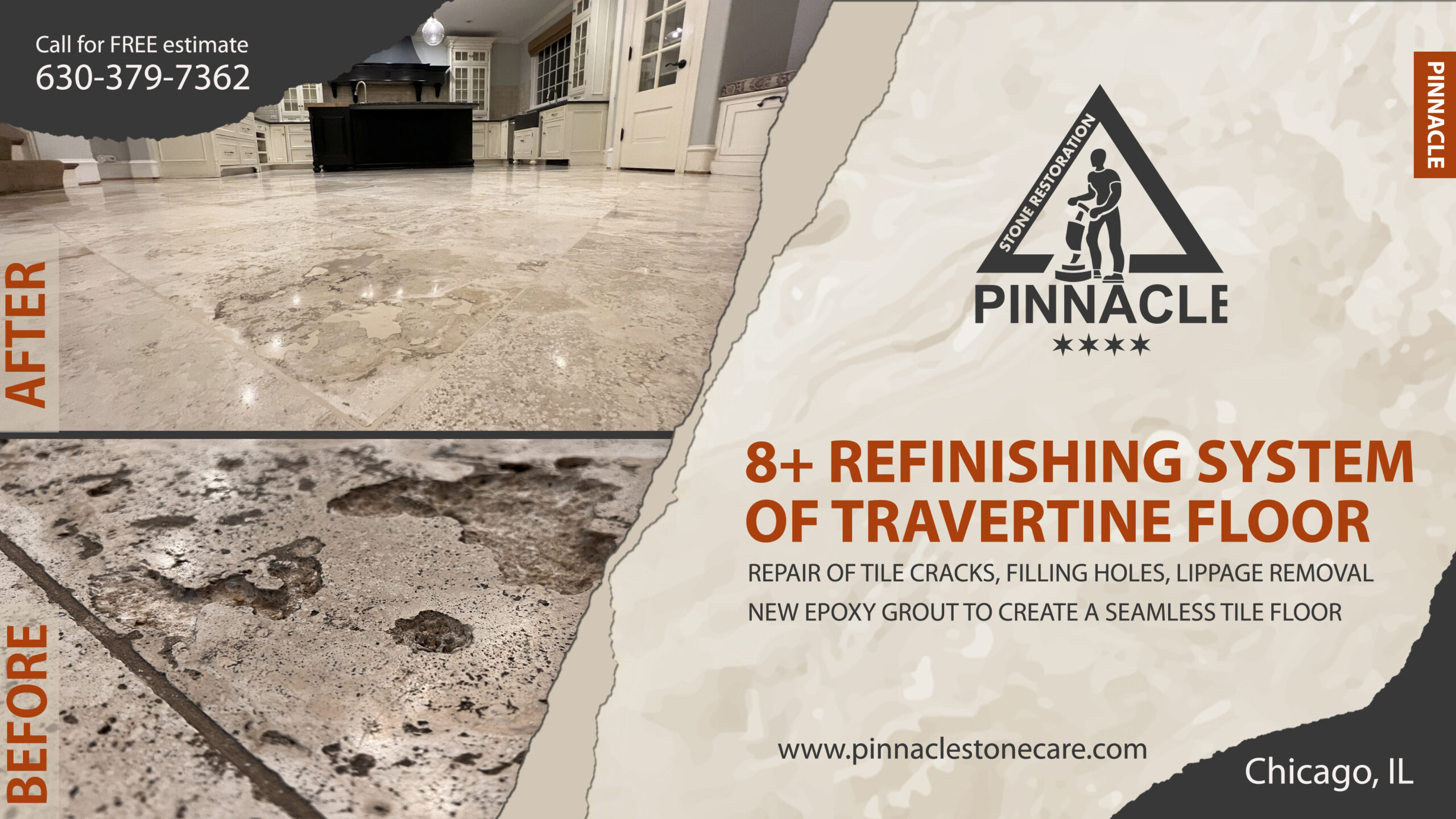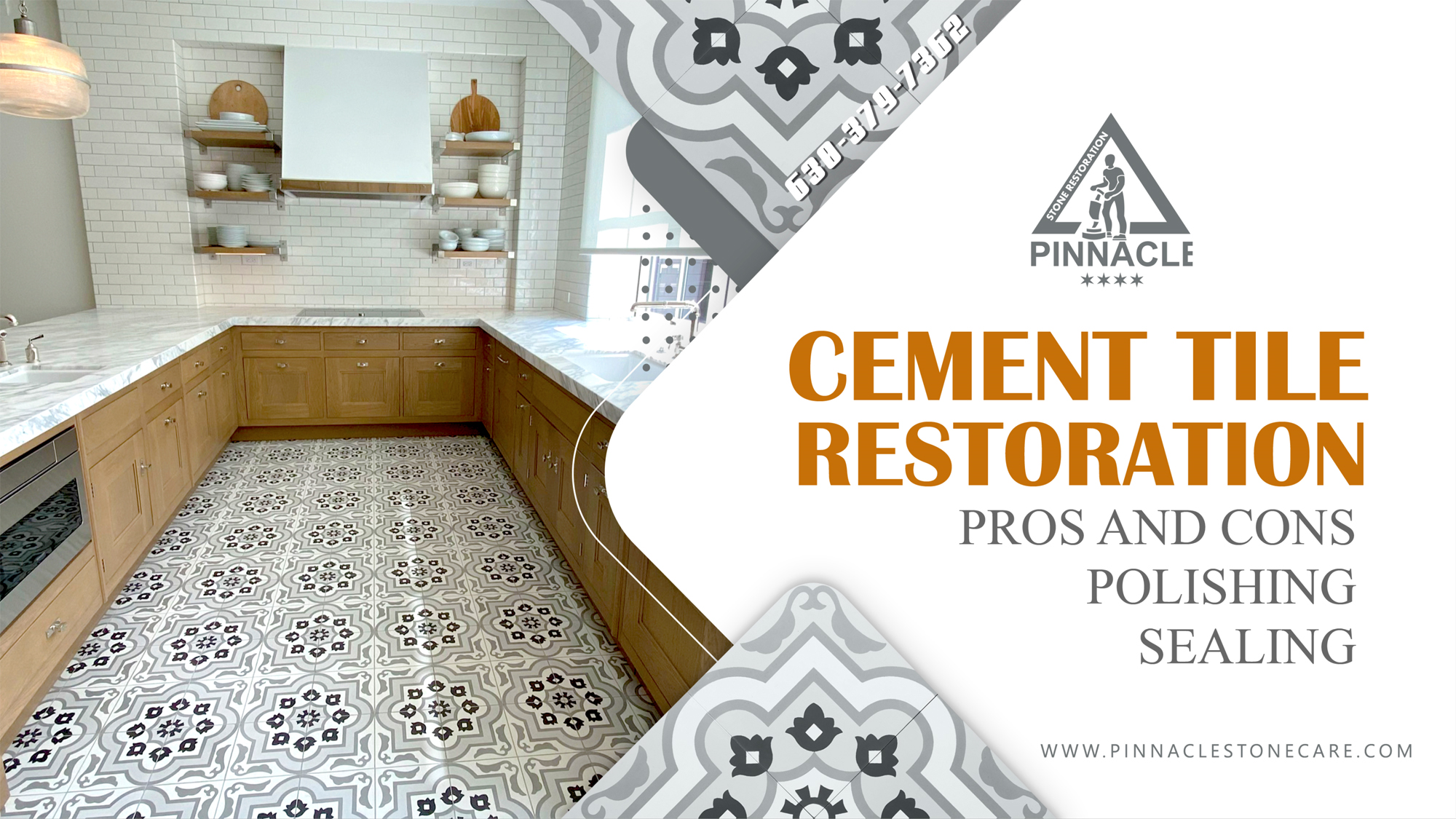Starting from the late 90's Granite became the most popular luxurious countertop system in residential homes. Slowly but surely it replaced laminate and Corian tops due to its great durability and visual qualities.
This movement triggered the whole stone industry's infrastructure creating multiple amounts of granite fabrication shops and local stone suppliers. It became so accessible that even small garage-based shops could have an easy reach to jumbo size granite slabs. Which of course led to low-quality projects not to mention safety regulations that were constantly ignored. The housing market was dictating fast and low-quality products fabricated and installed in order to close the deal and move on to the next one. It did not take much to see it crashed and we all know and experienced what happened next.
As we all know every product that we use daily has wear and tear. Lots of granite tops lead to lots of edges, surfaces, under-mount sinks, caulking and seam joints. The areas that get the most of the activities and challenges. With low-quality performance jobs, trouble areas appear faster and signs of problems become obvious.
In this blog, I want to highlight one particular segment which is the seam joints. The seam is when two segments of granite come together and joint with an adhesive material to secure leveled and strong bonds for a long period of time. If the installation process was done in hurry without proper support and low-quality adhesives the seam will separate after a short period of time as indicated in the photo below.
The sad part is that after homeowners notice the damage and try to contact the original fabricator they discover the following. 1. The original fabricator is out of business. 2. warranty is over. 3. The fabricator does not care about an existing customer and simply ignores it. An honorable fabricator always keeps our contacts in their phone book but regardless it takes a good amount of research and time before they find us as granite technicians and ask us for professional help.
What happens when we get involved? And what are the proper steps to repair damaged seam joints?
Our company's attitude always not only solving the problem but make it go away for good. We always look for the opportunity to transform a frog into beauty. Why not just replace the existing and loose adhesive but make the seam look way better than any fabricator intended in the first place.
Step#1. Remove an existing adhesive and clean the edges of the granite thoroughly.
Step #2. Level the tops from the cabinets from back to front using leveling shims.
Step#3. Insert high bond adhesive into seam joints and ensure proper curing process.
Step#4. Remove excess material.
Ideally, this should be it but it only makes sick frog into a heathy frog but where is the beauty?
Step#5. Grind the surface with diamond pads and level it as it shows on the photo below. This process ensures a seamless transition from one top to another. Running fingertips cross will give you a feeling of the flat and smooth surface without any interruption.
 Step#6. One's polish been removed it requires multiple grits of diamond honing and polishing mechanically. On each step, it will require more surface area to cover.
Step#6. One's polish been removed it requires multiple grits of diamond honing and polishing mechanically. On each step, it will require more surface area to cover.
 Step#7. More honing and covering larger areas.
Step#7. More honing and covering larger areas.
 Step#8. The final process requires a wet and dry polishing process creating heat and friction. And slowly the original depth and luster are coming back. Transforming frog into beauty is completed.
Step#8. The final process requires a wet and dry polishing process creating heat and friction. And slowly the original depth and luster are coming back. Transforming frog into beauty is completed.
 Any granite countertop owner will be happy to see this kind of transformation.
Any granite countertop owner will be happy to see this kind of transformation.
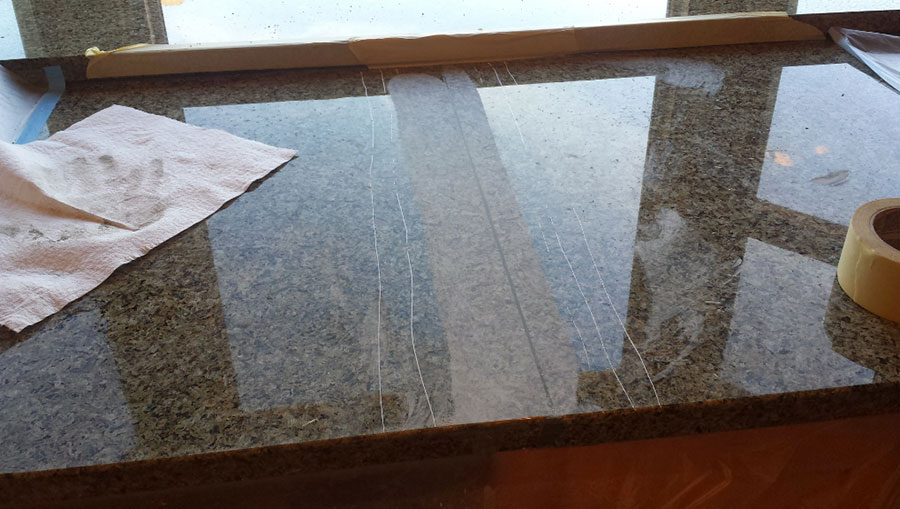 Step#6. One's polish been removed it requires multiple grits of diamond honing and polishing mechanically. On each step, it will require more surface area to cover.
Step#6. One's polish been removed it requires multiple grits of diamond honing and polishing mechanically. On each step, it will require more surface area to cover.
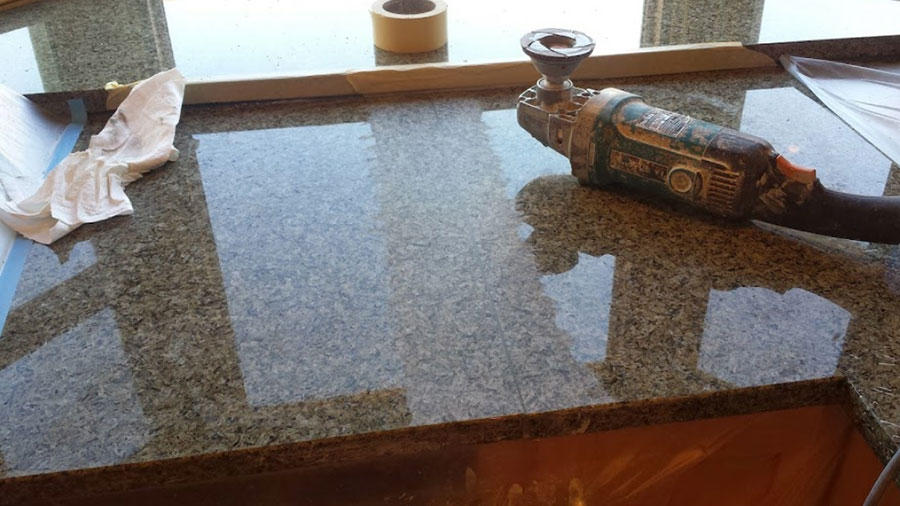 Step#7. More honing and covering larger areas.
Step#7. More honing and covering larger areas.
 Step#8. The final process requires a wet and dry polishing process creating heat and friction. And slowly the original depth and luster are coming back. Transforming frog into beauty is completed.
Step#8. The final process requires a wet and dry polishing process creating heat and friction. And slowly the original depth and luster are coming back. Transforming frog into beauty is completed.
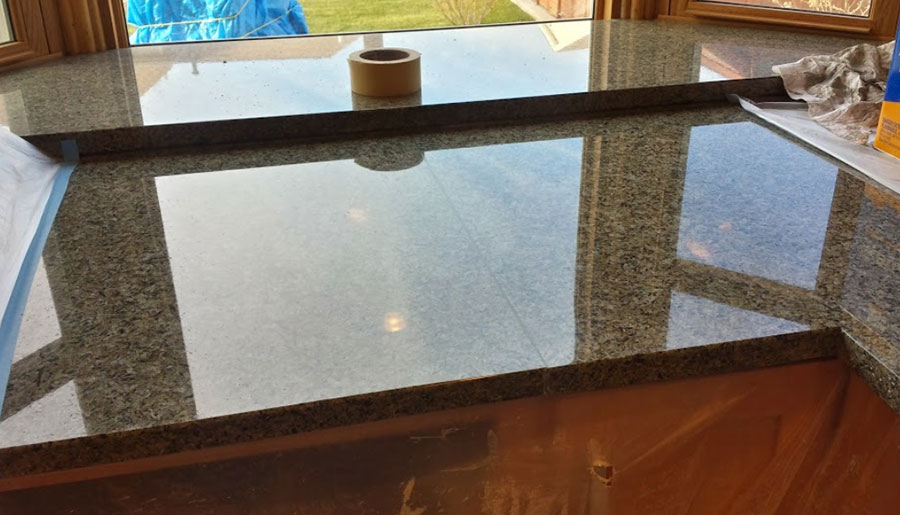 Any granite countertop owner will be happy to see this kind of transformation.
Any granite countertop owner will be happy to see this kind of transformation. 
